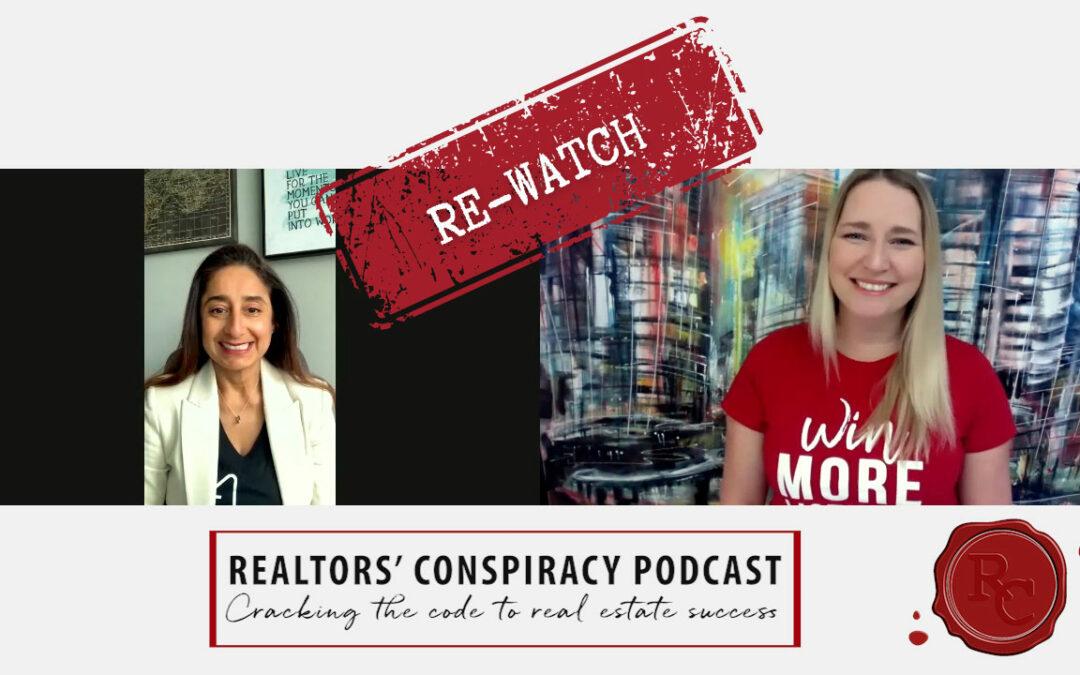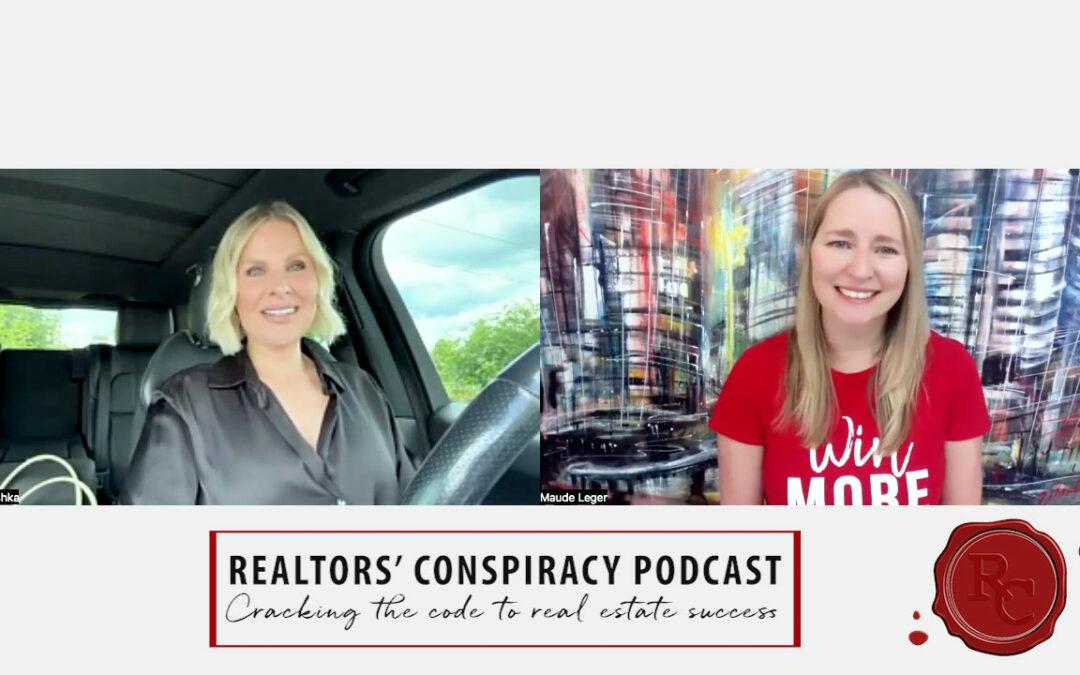Deciphering the Mortgage Code

With the Toronto real estate market booming, everyone has thought about participating whether they really want to or not. The process devoted to large investments typically include the research stage either by reading financial news or watching videos online. All this encourages you to make-believe an expert in how mortgages work.
However, as a number of other things, media has a way of making up unicorns which do not exist. We have prepared a list of misconceptions which typically exist about home mortgages. You need to make a 20% down payment. Sounds familiar? Well, a 20% down payment is ideal on a large investment such as a home. The higher the down payment, the less you owe, which in the long run, can be a relief. However, there are other sources such as Federal Housing Administration that support mortgages with down payments as low as 3.5% given you have an admirable credit score. What is an excellent credit score? In our opinion, around 580 or higher.
The catch? If you pay any less than 20% on a conventional loan, you’ll have to cough up private mortgage insurance, an extra monthly fee paid to mitigate the risk that you might default on your loan. And PMI can be pricey, amounting to about 1% of your whole loan—or $1,000 per year per $100,000. Still, if you’re champing at the bit to buy a home, there’s no reason to lose hope if you lack a huge down payment (Realtors Inc, 2016). It doesn’t get any better than a mortgage with low-interest rate, right?
Not everything that has a small price tag reflect the perception of the most viable option in the collection. There are many hidden fees that need to be considered; there’s an origination fee which covers processing and paperwork of the loan – that being said, it can vary from 0.5% to 1.5% of the loan. What? Yes, that’s a big number! Interest rates are important because they have an impact on your monthly payments, however, for the best deal visit at least 3 lenders and ask for a breakdown version of the loaned cost. This will help paint a better picture on which is the ideal direction to move towards. You know pre-qualifications and pre-approvals? Yeah, they are the same thing.
Do not trust the person who feeds you with such lies. “Pre-qualification is basically having a conversation with a lender. It means nothing,” says Richard Redmond, mortgage broker at All California Mortgage in Larkspur and author of “Mortgages: The Insider’s Guide.” In comparison, pre-approvals are a more direct and formal approach which require gathering necessary documents – tax returns, bank statements, pay stubs and more. Once the paperwork is processed, the lender will approve a certain amount based on the examination. At this point, you will be handed an approval letter which can be the basis of your bidding war. An adjustable-rate mortgage is only for risk takers.
The basis of the negative reactions kicked off after the financial crisis because they offer a lower interest rate for a fixed initial period (typically five years), but then the rate is subject to change based on market conditions—and could go way up. This is how thousands of homeowners ended up unable to pay their loans, so it’s understandable plenty of potential homeowners are now gun-shy (Realtors Inc, 2016).
We still recommend considering it, because based on your unique circumstance, this can be a viable option. This is especially true if you are planning to move within five years, as the ARM’s rate won’t start adjusting until you’re gone.

Realtors’ Conspiracy Podcast Episode 206 – Re-watch: Eye On The Prize & Positive Vibes
A Sold Right Away Podcast🎙Happy Canada Day long weekend! We're rewinding back to a past episode with Ruby Gill of The Agency Oakville. Ruby is knowledgable and genuine with a true passion for people and building connections. There is lots to uncover in this episode as...

Realtors’ Conspiracy Podcast Episode 205 – Perfect As You Go
A Sold Right Away Podcast🎙Join us on our podcast this week as we sat down to chat with Realtor Natalie Hashka of Coldwell Banker Community Professionals. Natalie had plenty of insights to share - including, the importance of implementing systems & checklists,...
